Shopping for a new gaming PC can be extremely confusing. Without knowing exactly what you’re looking for, it’s really easy to overspend or buy a bad build… Or even worse, both.
Since nobody wants to rip themselves off, I’m going to give you 3 quick tips on how to pick out the absolute best prebuilt gaming PC.
More often than not, you’ll see 10 different builds all for around the same price and most of them running different hardware. How are you supposed to know which one’s the best and which one you should avoid?
Utilizing the following 3 tips will ensure that you’re always making the right decision.
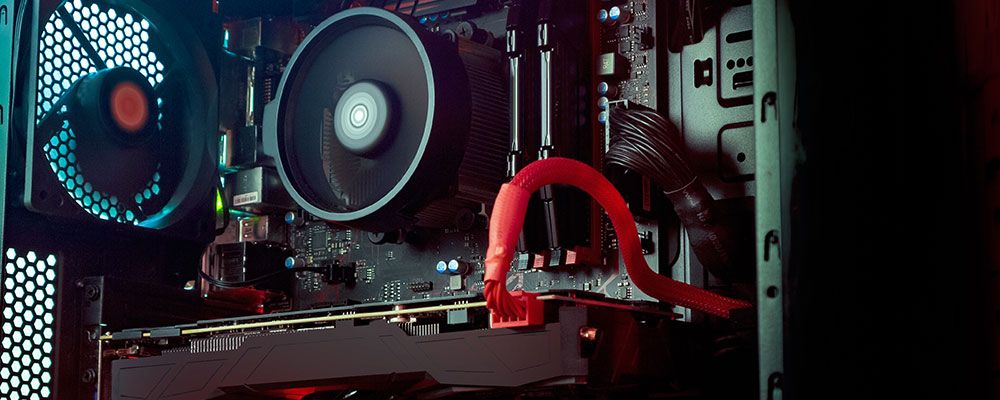
What is a prebuilt gaming PC?
Before we jump in head first, now is a good time to cover the differences between a prebuilt gaming PC and one you build yourself (a DIY build). Basically, what is a prebuilt gaming PC?
The biggest and probably the most obvious difference is how they’re put together.
A prebuilt gaming PC will come fully assembled. It’ll also come with a copy of Windows installed. Generally speaking, when you buy a prebuilt gaming PC, all you have to do is unpack it, plug it in, and turn it on. Often times, they’ll even come with a cheap keyboard and mouse.
In comparison, a DIY build has to be assembled from scratch. It’s not an extremely difficult process, but it can be time consuming especially if it’s your first build. There’s definitely a higher chance of something breaking, or a part not working with this route. Additionally, you really have to know what you’re looking at in terms of hardware if you’re going to pick your own parts. Or, you’ll have to use a build guide.
Another big difference is the quality of parts used. In a prebuilt gaming PC, you’ll often find lower quality parts than in a custom DIY build. It’s most common to see off-brand power supplies and RAM being used. Cable management will usually be lacking as well and there’s often a few cables that need to be tidied if that sort of thing bothers you.
The last big difference is tech support. With a custom build, your tech support will be limited to forums and websites. But, with most prebuilt gaming desktops, you’ll get at least 1-year of tech support included.
Long story short, a prebuilt gaming PC is simply a convenient alternative to building your own. You don’t have to worry about breaking anything during the assembly, and you don’t have to worry about installing an operating system.
1.) Know what you want
Knowing what you want in terms of performance is going to make your search A LOT easier. Do you want to game in 1080p? 1440p? 4K? Beyond resolution, what kind of frames per second (fps) were you hoping for? Do you just want to game in 1080p at 60fps? Or, do you want to push it to 1080p 144fps? Maybe 4K at 60fps?
I know it can be confusing, maybe even frustrating, but figuring this out is important. Why? Well, if you’re only going to be gaming in 1080p at 60fps, you won’t need the most expensive and powerful desktop on the market. Just the same, if you want to game in 4K then a mid-range desktop simply isn’t going to cut it.
Knowing what kind of performance you want will also tell you what kind of price to expect. But, sometimes your budget will dictate the level of performance you can get.
Either way, this is roughly what to expect out of a “good” prebuilt desktop:
- For 1080p 60-120fps, expect to spend around $700-$1000.
- 1080p 144fps, around $1000-$1200.
- 1440p 60fps, $1000-$1500
- 1440p/144fps and 4K will almost always start at $1500+, often running closer to $2000 and up.
Keep in mind this is very generalized. You’ll find builds at the $1000 range that aren’t capable of 1080p 60fps just because they’re bad options. Conversely, you can find builds for closer to $600 that are capable of 1080p 60fps gaming. But, I’d imagine that’s exactly why you’re here – to learn how to find the good options and skip the bad ones!
Now that you have a rough idea about what kind of performance you want and roughly how much you should expect to spend on a build at that level, let’s move on.
2.) Newest hardware possible?
Ideally, you want to be buying the newest hardware possible. There are often huge differences between generations and buying a desktop with older hardware will usually result in spending more (or the same) to get less power.
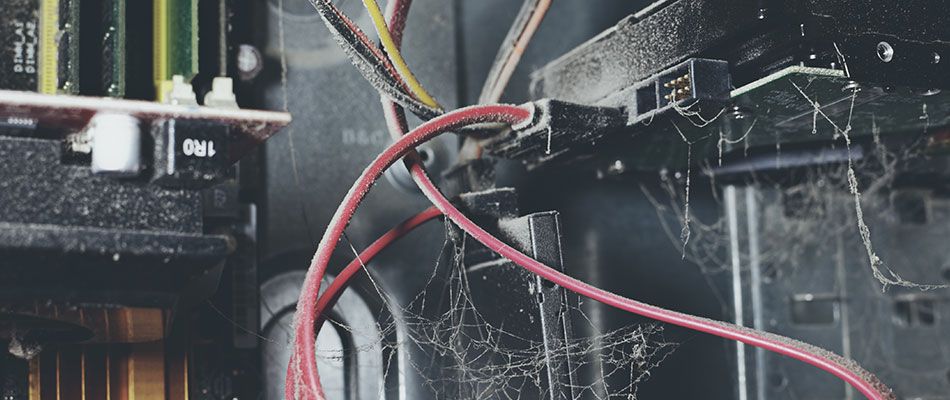
There are 2 main components to take into consideration. The desktop’s processor (CPU), and its graphics card (GPU). You want to make sure both are as new as possible without blowing your budget. To do that, a little bit of Google-fu would be recommended.
Currently, the newest and best generation of CPUs from Intel is their 9000-series, but some 8000-series CPU are still used; like the i5 8400.
From AMD, you have the Ryzen 3000-series, like the R3 3200G, R5 3600, and R7 3700.
For GPUs, the newest from Intel is their GTX 16-series and RTX 2000-series. On AMD’s side, you have the Vega VII, Vega 56, Vega 64, and the RX 5000-series as the newest and most relevant.
So, if you want 1080p 60fps gaming and you’re looking at builds running an AMD R5 3600 CPU paired with an Nvidia GTX 1660 Ti GPU, you’re on the right track.
When you’re shopping for prebuilt desktops, it’s not uncommon to see a new-ish processor but an old (and/or objectively bad) graphics card, sometimes vice versa. You’ll see builds like these in the sub-$1000 price range more than anywhere else, especially once you get closer to ~$500. Generally speaking, from $600 and down you can almost always get way more power by building your own desktop vs buying one.
An example would be the iBUYPOWER AM010A, not only does it come with an extremely dated FX-series processor, but its GT 710 graphics card is also extremely subpar and couldn’t even be considered a “gaming GPU” back in 2016 when it released. In comparison, a DIY build running JUST an AMD R3 2200G APU paired with 8GB of RAM would outperform iBUYPOWER’s AM010A while costing around $50-$100 less including Windows 10.
As you can see, it’s important to make sure your build is running the newest hardware possible. Failing to do so can result in wasting a good chunk of your hard-earned money.
3.) Price to build vs buy
Unless you really want to avoid building your own desktop, it would be a good idea to compare prices vs an equally specced DIY gaming PC build. A lot of the time the DIY build will be around $100-$200 cheaper when taking the cost of Windows into account (about $100).
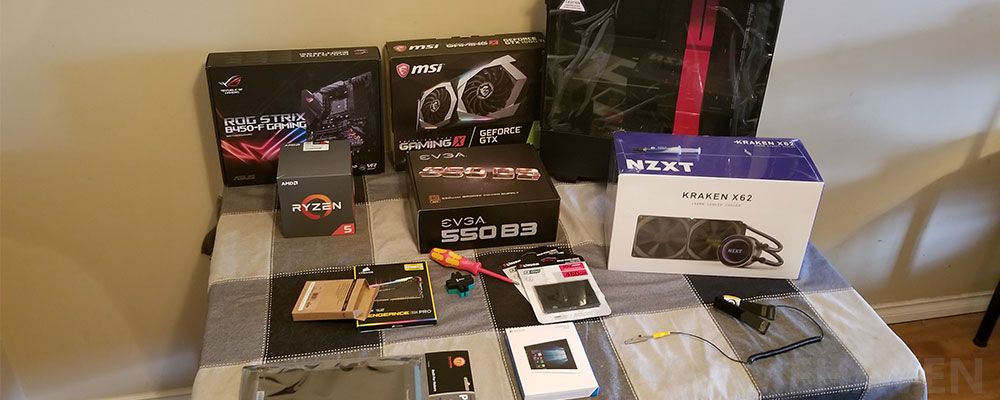
That said, in rare cases, you can find a prebuilt gaming PC that’s cheaper than a comparable DIY build.
A good example would be the SkyTech Blaze. It would be almost impossible to build the same desktop (including Windows 10) for the same price SkyTech is able to sell it for. Builds like that are few and far between.
At the same time, it’s extremely easy to find basically the exact same build but for $300 or even $400 more than the SkyTech Blaze costs. That’s what I mean about good vs bad options and why it’s important to know what you’re looking for.
To do this, find a prebuilt desktop that you like. Then, find a DIY build with a price that’s $100-$150 less (to account for the price of Windows). Once you have both, compare the hardware. If one is considerably better than the other, you’ll know which route would be your best choice.
Conclusion
Surprisingly, that’s about it. It would also be a good idea to check some reviews after you’ve found a couple of options, but that much should go without saying.
All you have to do is:
- Know what kind of performance you want
- Make sure the hardware is the newest possible
- Compare the parts vs a DIY build with the same price -$100
Keeping those 3 ideas in mind will practically guarantee that you’re making the best possible choice. If you know what you’re looking for (in terms of performance) and you can identify whether or not a build is running new (and worthwhile) hardware, you’ll have no problem picking out an awesome prebuilt gaming PC.
With all of that said, here are some good options that I’ve found:
- 1080p 60fps (good): SkyTech Blaze
- 1080p 60fps (better): CYBERPOWERPC GXiVR8500A
- 1080p 144fps: CYBERPOWERPC GXiVR8480A
- 1440p 60fps: iBUYPOWER Trace 9220
- 1440p 144fps/4K: CYBERPOWERPC SLC10060CPG
- 4K+: CYBERPOWERPC SLC10120CPG
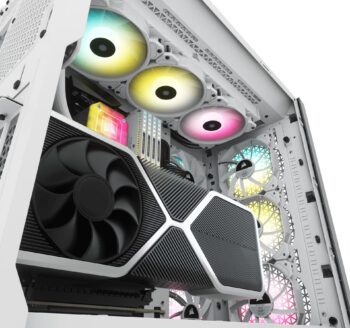
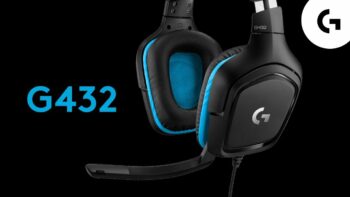
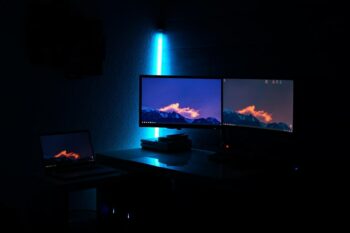
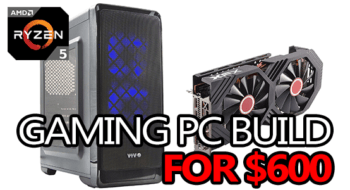
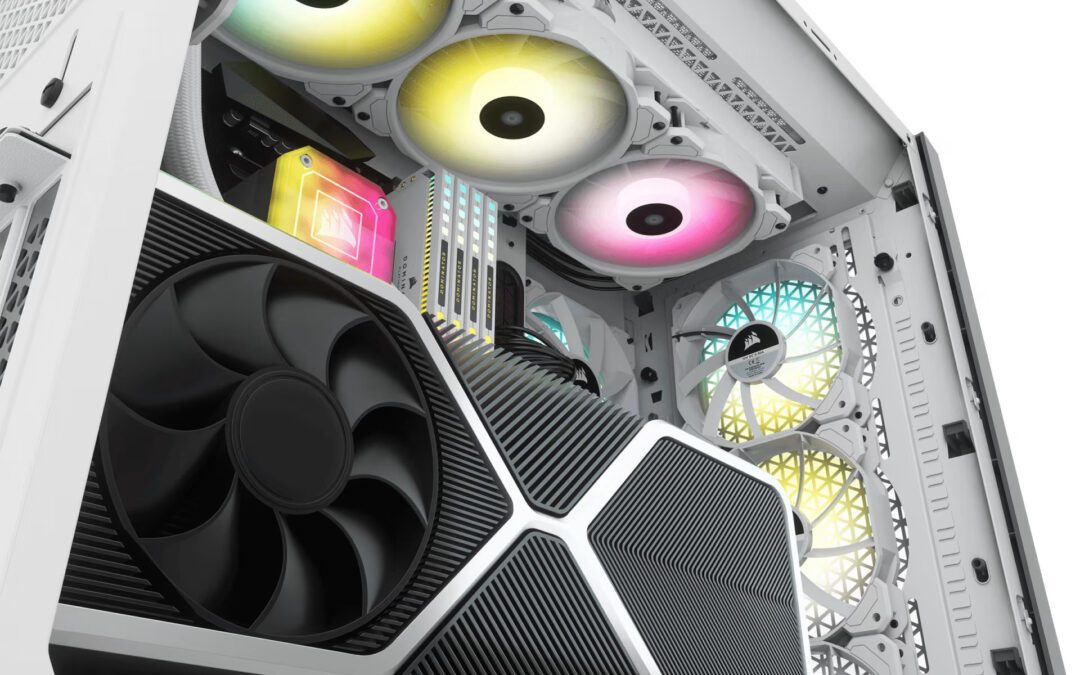
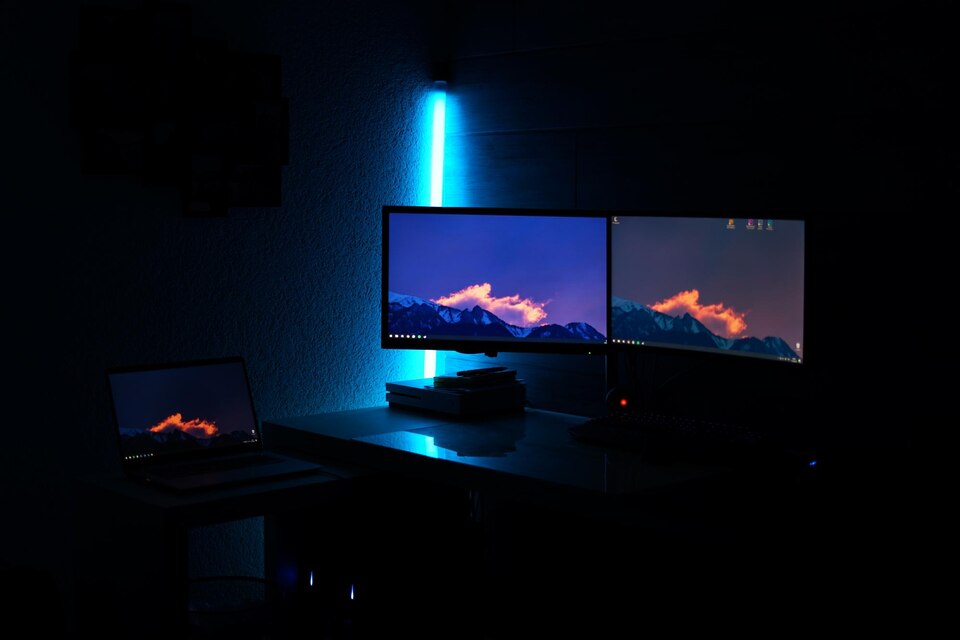
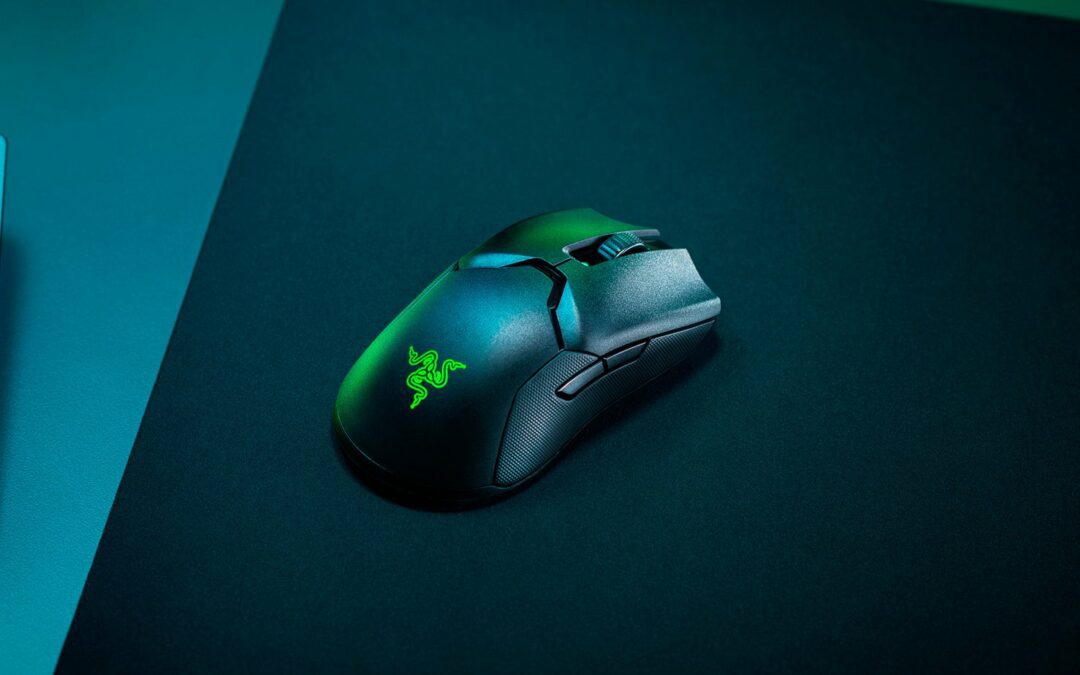
Hi, i have a question i’m Looking to buy a Gaming CPU for my game, how much it will be causing me for this 500$ or 1,000$?
>System Requirement <
– Processor ——– Pentium 4 2.0Ghz
– Memory (RAM) —– 2GB
– Video Card ——– GeForce 6600 or Higher
– Hard Drive Space ——– 10 GB of Free Space
– Operating System ——- Windows 7
– DirectXc ——– DirectXc 11 or better
Thank you
Hey RiYu,
That sounds like a pretty low spec game. Based on the requirements, it would run on pretty much anything that’s using modern hardware.